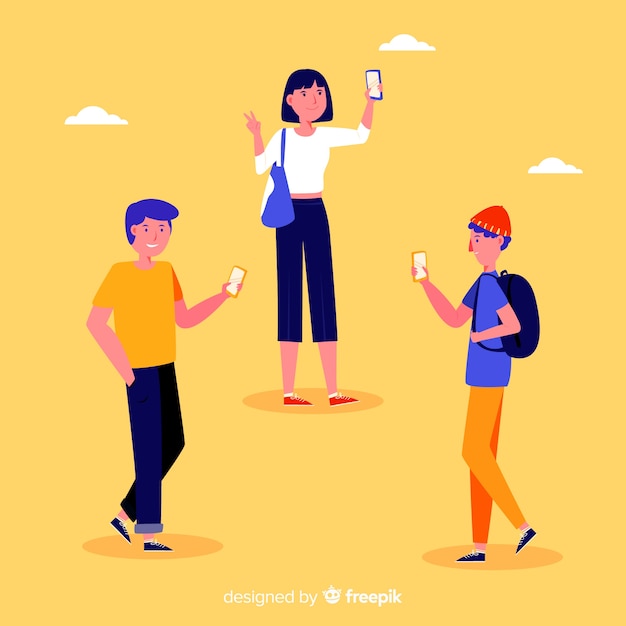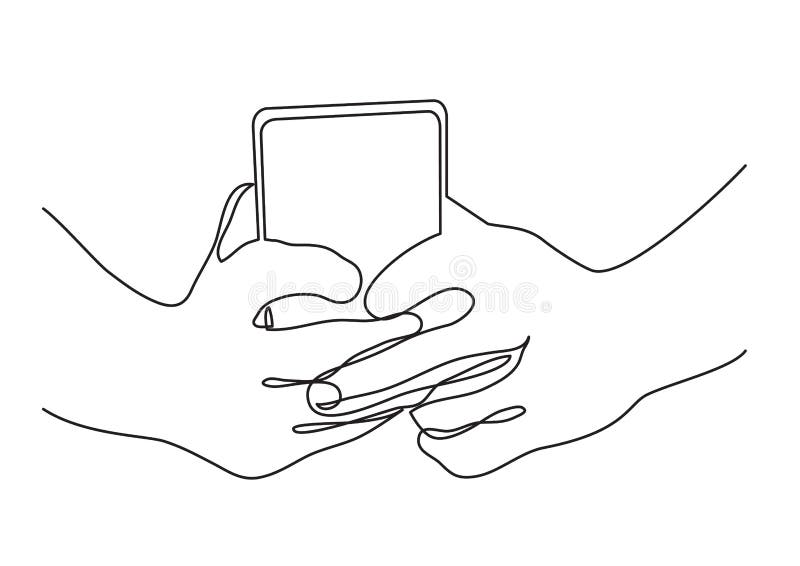
Below that is another field where selected iConji characters can be assembled into a string to compose the message (iConjisation). Below that is the "To:" field, where the recipient can be inserted from a built-in address book. Starting at top right, the search icon (magnifying glass) opens a text field in the dark blue window that allows a text search for specific characters. The screenshot above shows most features and functionality of the iConji application. Through the Artist Community, users are able to add their own characters to the lexiConji (with approval), or revise existing character icons they feel could be better represented graphically. The iConji vocabulary is open to revision - anyone in the world may design and contribute new characters for use in global communications. Likewise, there is no limit to the number of individual characters that could be incorporated. There is no practical limit to the number of languages that could be translated and included. At the close of 2010, these translations included English, French, German, Hindi, Italian, Japanese, Polish, Spanish, Swahili, Swedish, and Toki Pona. Unique to iConji is its inclusion of both an inferred meaning, suggested by the pictographs themselves, and the translations that accompany each character. The character at far right is the "null" and can be used as a space, a placeholder, or a container for metadata. These abstract concepts represent a significant barrier to universal pictographic representation, but the ability to read a translation in one's native language (if needed) can help bridge that gap. The first row in the image above (The iConji user interface on an iPod.) shows characters for the pronouns (I, you, we, he, she, it, them), and the "tilde" which is defined as "to be" and its numerous conjugations (is, are, was, will be, and so on). In addition, some linguistic concepts are too abstract to represent graphically. Further, not all cultures read symbols or text from left to right, which is the standard for iConji. It is a difficult task to even attempt to make pictographic symbols universal in their meaning. The characters themselves are evocative of their meanings, and designed to be as cross-cultural as possible.

Thus, iConji is a pictographic communication system, not a spoken language. His intent was to provide a means for communication that could bridge cultural divides.

Kai Staats, founder and former CEO of Terra Soft Solutions, original developer of Yellow Dog Linux (YDL), was motivated to create a new communications system that combined the speed of SMS with the richness and linguistic depth of a global art project. In December 2012, further development of iConji was brought to a close. Thus, future iConji applications, from in-house or outside developers, may incorporate larger or smaller versions of the characters using the freely available iConji API. As all iConji characters are developed first as vector graphics, this allows essentially infinite scalability, whether for producing new online or smartphone apps, or full-size posters for printed graphic applications such as signs or electronic displays. With the iConji Messenger and iConji Social apps, characters are displayed at a resolution of 32 x 32 pixels, using color PNGs with transparency to round the corners. The usual jumble of text and confusing abbreviations can often be replaced by a short string of colorful icons that convey the identical meaning. Since most characters represent an entire word or concept, rather than a single letter or character, iConji has the potential to be a more efficient communication system than SMS. The process of assembling a message from iConji characters is called iConjisation (see screenshot at right). IConji debuted with 1183 unique characters, known as the lexiConji (vocabulary), culled from base words used in common daily communications, word frequency lists, often-used mathematical and logical symbols, punctuation symbols, and the flags of all nations.

The application iConji Social supported delivery of iConji-enhanced messages via email. In December 2010, iConji Social was released as a web application only, with support for Facebook and Twitter as a broadcast medium. Messenger enables point-to-point communication in a manner similar to SMS. In May 2010 iConji Messenger was released with support for Apple iOS (iPhone, iPad, iPod) and most web browsers.
#HAND DRAWN SMARTPHONE THE NOUN PROJECT FREE#
IConji is a free pictographic communication system based on an open, visual vocabulary of characters with built-in translations for most major languages.


 0 kommentar(er)
0 kommentar(er)
